
Date: 24 April 2018
How heritage preservation can be reconciled with energy efficiency in the renovation of historic buildings is demonstrated by a German-Chilean construction project in Santiago, Chile.
Single-glazed lattice windows have been replaced with highly-insulating safety windows and doors with Thermix Warm Edge spacers and Thermix muntin bars.

Chile is one of Latin America’s leading industrial nations and one of the biggest producers of raw materials. The country, situated between the Andes and the Pacific, is barely 200 km wide but is 4200 km in length, stretching from the Atacama desert in the north to the Antarctic in the south.
About half way down lies the political, economic and cultural centre of the country, the capital Santiago; around 45 percent of Chileans live in the area surrounding this city.
Renovated to be earthquake- and future-proof
The German embassy is located in the district of Vitacura, and the ambassador’s residence in the nearby exclusive residential area of Las Condes.
Owing to their neoclassical façade, the main house (built in 1944) and the annexe for staff (from 1959) are part of a group of ‘listed’ structures along with a large number of the neighbouring buildings.
A survey, however, showed that the building was “acutely at risk from earthquakes”. A few years ago a precautionary evacuation took place for safety reasons.

“To make it fit to withstand earthquakes we have now reinforced the primary supporting structure”, explains Oliver Heckel, Project Manager for Overseas Properties at the Bundesamt für Bauwesen und Raumordnung (BBR) [Federal Agency for Building and Regional Planning].
“In order to keep intervention to a minimum, the interior of the building was reinforced with a ferroconcrete core across all storeys. In the course of this measure, all technical facilities, interior fittings, the façades and windows and also the outdoor facilities were modernised in compliance with the laws on listed buildings.”

German-Chilean construction project
Since 1955, the building has belonged to the Federal Republic of Germany. This resulted in particular challenges during the renovation: On the one hand, it was desirable to use local standards and partners in the construction work, both for reasons of cost and efficiency and to ensure that maintenance would be carried out.
On the other hand, some German standards also had to be satisfied. This affected the EU tendering procedure for public contracts prior to the renovation and the requirements relating to the safety and energy efficiency of the building.
The tender was ultimately won by a team of architects, in the capacity of general planners, based in both Germany and Chile. A distance of 12,523 km – as the crow flies – separates the founders of FAR, who have been working together at the RWTH Aachen since their degrees.
Marc Frohn lives in Berlin and Mario Rojas in Santiago. For the internationally networked architects, distance and proximity are the keys to forging new types of connections, for example when renovating old buildings in Chile according to German energy efficiency criteria.
Marrying heritage preservation with energy efficiency
“The importance of energy efficiency has long been recognised in Chile. For example, since 2011 there has been a classification system for energy-efficient buildings, albeit a voluntary one”, explains Mario Rojas.
“It is clear that the requirements are getting more rigorous, what is unclear is when and how.” To get clear guidance, the BBR had the residence of the ambassador examined following the rigorous requirements of German energy-saving legislation (EnEV) at the start of 2014.

The building simulation showed that a long-term improvement in the energy balance could be achieved by installing new windows. Because of the certifications required by the BBR, which are not customary in Chile, FAR contacted LIP-GmbH in Bad Salzuflen, a specialist in insulated safety windows and doors.
The latter decided on double insulated glass panes by Nowak Glas, Bochum, with Thermix spacers from Ensinger, in some cases with Thermix muntin bars to replace the lattice windows.
Safety with very narrow tolerances
Thermix spacers consist of highly insulating plastic with a diffusion barrier made from stainless steel. They optimise the thermal separation of the insulated glass panes, minimise condensation at the glass edge and enable windows with a very good UWvalue.
“In addition, Thermix is rigid and more stable than flexible spacers”, explains Andreas Mertens, Sales Manager at Nowak Glas. “This has advantages when it comes to large glass formats and laminated safety glass”.
Wolfgang Olschewsky, Managing Director of LIP-GmbH, was flown in specially to take the measurements of the 55 windows with a total area of around 235 m2 .
“Extremely narrow installation tolerances had to be complied with in this project; in the bathroom, in particular, the position of the windows had to precisely match the grid of the hand-made wall tiles”.
When the window elements that had been custom-made in Germany arrived in Chile, he was back there again to supervise and ensure precise installation.

Now, new oak-framed safety windows and doors with a UW of 1.3 W/m2K ensure constant temperatures in the residence. The climate in Santiago is generally mild, but there are often abrupt temperature changes.
And, time and again, there is an earthquake – like for example the one two weeks after the handover of the building, with an intensity of 8.2. But the reinforced building easily deals with turbulence, symbolising the sustainability of foreign relations maintained in a far-sighted manner.
For more information, go to: www.bbr.bund.de, http://www.thermix.de/en
The property in brief:
| Building owner | Federal Republic of Germany |
| User | Ambassador of the German Embassy in Santiago, Chile |
| Address | Santiago de Chile, Las Condes district |
| Project management | Bundesamt für Bauwesen und Raumordnung BBR [Federal Agency for Building and Regional Planning], Department Overseas III A2, Bonn |
| General planner | Architecture, Energy Strategy, Interior Design and Property Monitoring, FAR Frohn & Rojas Planung GmbH, Berlin/Santiago de Chile |
| General contractor | Constructora ECOFAL Ltda., Santiago de Chile |
| Windows and doors | LIP-GmbH, Bad Salzuflen |
| Insulated glass | Isopane, partly as insulated safety glass, Nowak Glas, Bochum |
| Spacers | Thermix TX.N plus and Thermix muntin bar, Ensinger, Nufringen |
| Total costs* | 2.01 million euros, including €1.46 million building structure costs |
| Construction time | 1 year |
| Total area | 2928 m2 (area) |
| Gross floor area | 962 m² |
| Usable floor space | 555 m² |
*Level of costs recognised by the budget including fees. Surcharges for general risks and interim price index increases are not included.
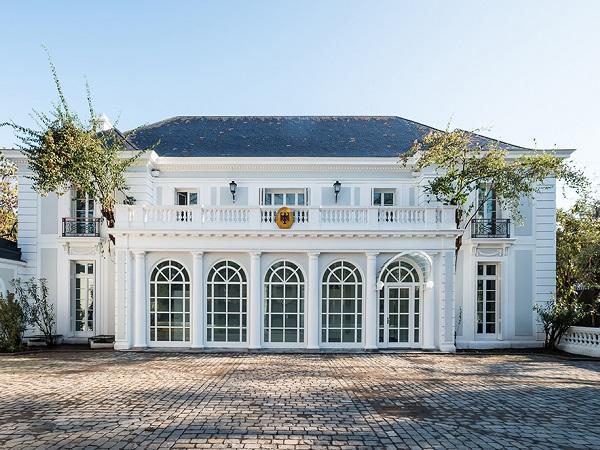 600450
600450


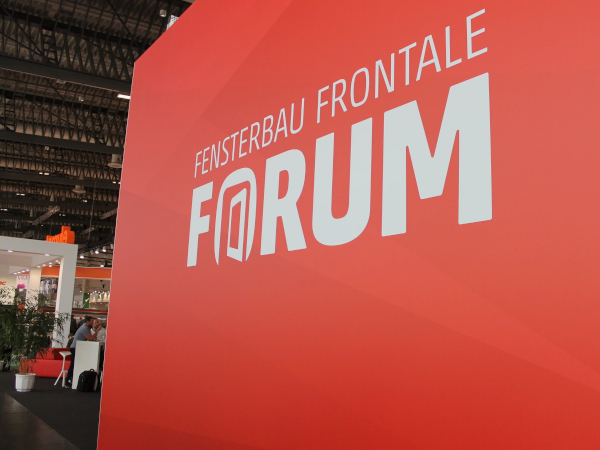
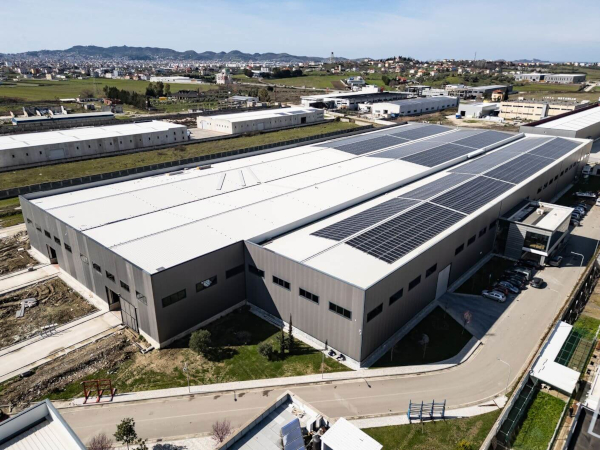


















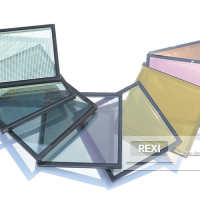
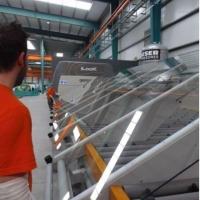


Add new comment